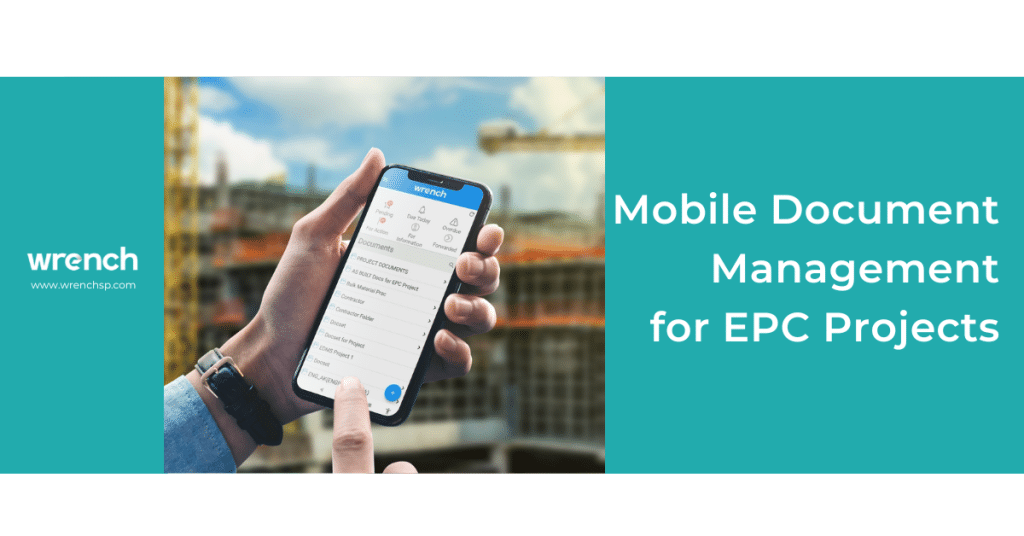We live in a world of laptops, notebooks, tablets, smartphones, and other digital devices that have become an inextricable part of our work lives.
As these mobile devices entered the workspace, there arose in parallel an industry of mobile software to optimize the way we use these devices, and as the devices became easier to use, they changed the workforce at a fundamental, cultural level.
Mobile technology has even changed the way companies hire and the way people apply for jobs. Today we see a decentralized approach to hiring, with companies seeking diversity in their workforce and using mobile applications to drive recruitment. The gig economy, working from home, and insistence on work-life balance are other factors that employers have to contend with today, even as employee expectations continue to shift and grow.
Then there is the matter of demographics. Today, millennials account for more than half the workforce, and by the year 2025, it is expected that up to 75 percent of the global workforce will be made up of millennials. Companies have had to change their mindsets in order to attract the younger generation, and keeping in mind the shortage of manpower in certain engineering sectors, companies have had to open up their search for talent to include newer geographies across the globe. Technology can even be a competitive advantage in attracting desirable talent, even in one of the most conservative and change-resistant industries in the world ie the engineering and construction sector. Here, too, the sea-change in work culture has begun to make its presence felt, and here, too, technology is both the driver and the solution for the changes disrupting EPC around the world. Sometimes called ‘digital transformation‘, this digitally disruptive phenomenon is growing rapidly, and companies, large and small, are finding they have no choice but to get on board and adapt.
In other words, for the EPC industry, Digital Transformation has become a matter of When and How not If. And usually, the first step in the digital transformation journey is engineering document management software or EDMS.
The push towards document management software for engineering departments is understandable since most companies had already adopted digital technology in other departments like HR, Admin, Marketing, Sales, Finance, and saw the huge benefits there, and so EDMS for engineering was the next natural step. But the first generation of EDMS was not as engineering-friendly as today’s systems (which might explain the hesitation to adopt them at an enterprise level) and although EDMS has been helping engineering companies improve their efficiency and productivity for several decades now, especially in areas like document access, workflow management, and versioning, with regards to some key aspects of the engineering process like third-party collaboration there has for a long time been a clash between on-premise systems and emerging mobile systems.
This made EPC companies reluctant to invest in engineering document management software beyond the local or departmental level. But then came the modern or cloud-based EDMS – and the world of engineering document management software was changed forever.
Today’s EDMS is automated ie driven by automated workflows and extremely intuitive ie designed specifically for the engineering process.
It is also mobile, that is, it works online or ‘on the cloud‘ and leverages the global reach of the internet and internet-based technologies.
Today’s EDMS is, in short, not just a document management software adapted to engineering data, it is a document management software adapted to the modern engineering process and the modern engineer as well.
In effect, today’s mobile EDMS takes into account the way modern engineers work and seeks to cater to new workforce cultures and paradigms.
Consider; today’s engineer is mobile. He expects a mobile-friendly document management system because he knows that such systems can unify workers within and across his global team, regardless of time or place. He knows that third-party collaborators need a mobile-friendly system to share and exchange data, both with engineers in other teams and with project owners and project stakeholders. He knows that all project parties will need mobile access to company documents and a secure way to review and collaborate on documents in real-time.
Theoretically, both on-premise and mobile EDMS systems can provide the same basic set of features but only a mobile or cloud-based document management system can provide the high-level data mobilization necessary in today’s work culture. For example, thanks to mobile document management systems, vendors and downstream contractors don’t need to spend much spend time in their offices, which is a net positive for all concerned. Also, global trends and the recent pandemic have given rise to an understanding of the benefits of Mobile Data for engineers on the field, such as the ability to track work in real-time, share documents across locations in a few seconds, use drones to collect visual proof of work done, and so on.
With today’s advanced mobile applications, future-savvy EPC companies have started to prioritize mobile document management systems as a growth metric along with real-time analytics and real-time monitoring.
In summary, as more and more EPC and project companies seek to accelerate growth, the need for mobile document management systems will only intensify.
